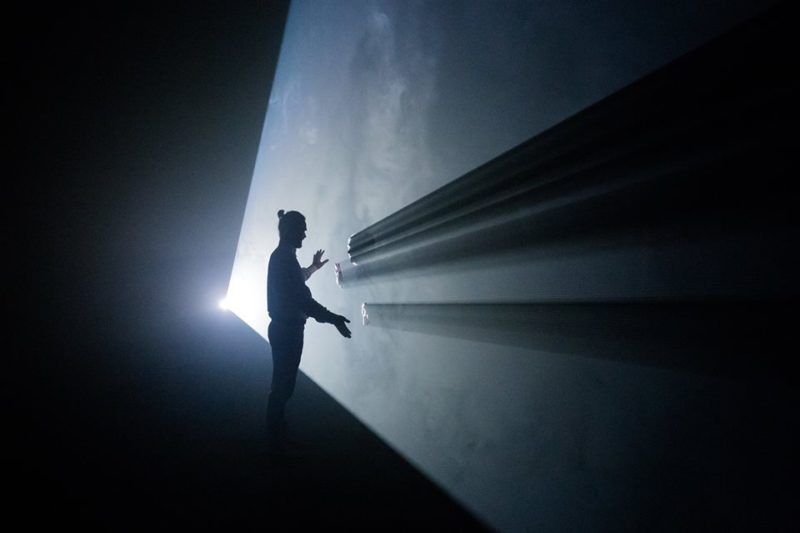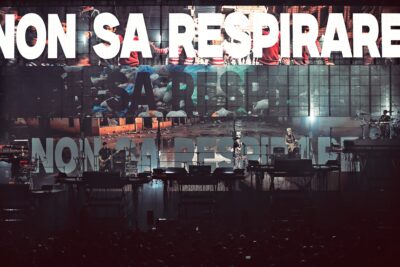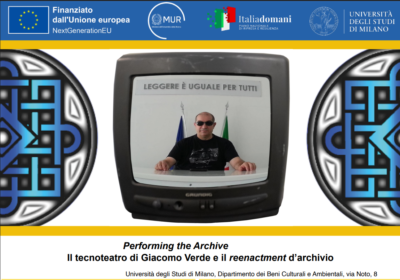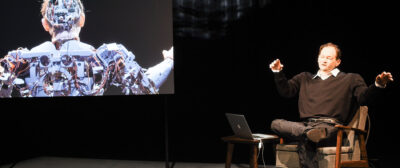Visual artist Dan Gregor (INITI) creates an interactive and dynamic light installations in public space. Using exact calculations and architectural plans of buildings he subjects the original architecture to illusionist games and through virtual objects he animates static buildings. As a member of the art group The Macula he was involved in such projections of Prague Clocktower (2010) or New Museum of Liverpool (2011). He collaborates with various theater and musical groups. Along with musician Tomáš Dvořák (FLOEX) he has created an interactive installation Archifon I. for Olomouc animation festival for PAF and its free sequel Archifon II. for Brussels festival Nuit Blanche in 2012.
He created INITI
Initi.org is an artistic collective dedicated to developing interactive new media installations, as well as to researching and creating complex audio-visual projects for both indoor and outdoor spaces. Based in Prague, the Czech Republic, the group brings together visual artists, technicians and musicians to design interactive, site-specific projects that combine visual projection with sound to transform real environments into virtual spaces.
The creative collective was founded by visual artist Dan Gregor. His collaborators within the group are programmers Ondřej Průcha, Michal Rydlo, Josef Kortan, CGI animator Dalibor Cée, Jakub Roček from production and musicians and sound designers Ondřej Skala, Floex, Dikolson.
Featured at major international festivals, incl. Ars Electronica in Linz, Nuit Blanche in Brussels, Glow in Eindhoven, Screen City in Stavanger, Skyway in Torun, PAF in Olomouc, Spectaculare in Prague.
One of the works is part of a public collection of Multimedia Centre Gantner in Bourogne, France.
INITI is a platform of visual artists, musicians and technicians who are involved in technically advanced public space projects. The collective focuses on interactive site-specific projects based on the symbiosis of visuals and sound. The essence of their audio-visual installations lies in the transformation of real space into an illusionary environment of virtual reality by means of exact calculations and architectural designs of buildings. The platform also prioritizes the history of each location, approaching it as an elementary inspirational layer in the creation of audio-visual content. Closed spaces are then often incited to interactive encounters with the public or the performers who themselves turn into authors of light tracks and sound landscapes within realtime tracking processes.





